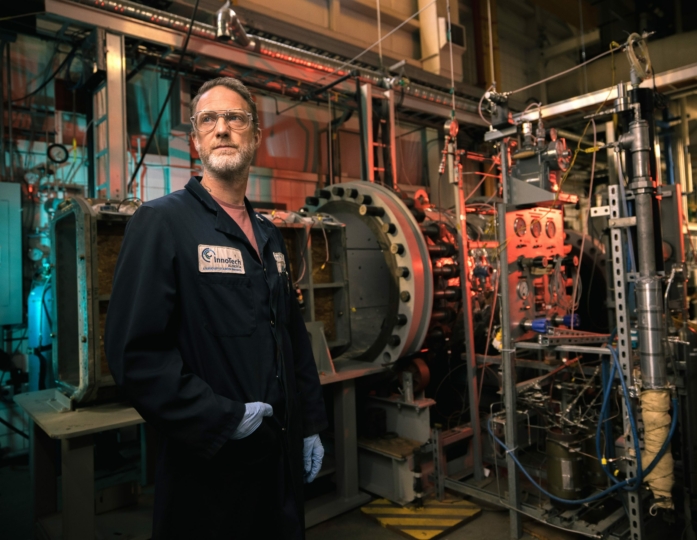Through physical model experiments in the lab, reservoir simulation, and field test support; InnoTech can improve oil reservoir recovery and optimize production through well flow enhancement, the development of effective products to control oil and gas well leakage, greenhouse gas (GHG) reduction, and overall energy efficiency.
InnoTech’s experts have the skillset, and our facilities are setup to shorten the path between an idea to field application. We can conduct limited-scope comprehensive testing all the way to full-scale projects to prove a concept through field demonstrations.
Our Energy division is a main research provider to the AACI consortia program and other in-situ focused joint industry programs (JIPs) the companies can participate in. Organizations from across an industry, even if they are competitors can sometimes face the same challenges and problems with technology or processes, a JIP can solve these issues. A company becomes a member by paying into a common pool, sometimes there is government funding or grants available to boost this amount, and the research and development efforts benefit all of the members of the JIP.


